Nestled within the expansive Naval Air Weapons Station China Lake in Southern California lies a captivating desert landscape that holds a remarkable secret. The Coso Mountain Range, home to the renowned Coso Rock Art District, boasts an astonishing collection of ancient Native American rock art. With its origins dating back as far as 13,500 years ago, this region is not only a testament to the rich history of Indigenous peoples but also a treasure trove of pictorial narratives etched into the basalt rock face. Join us as we journey into the heart of the Mojave Desert to explore the enigmatic world of the Coso petroglyphs.
A Timeless Cultural Legacy
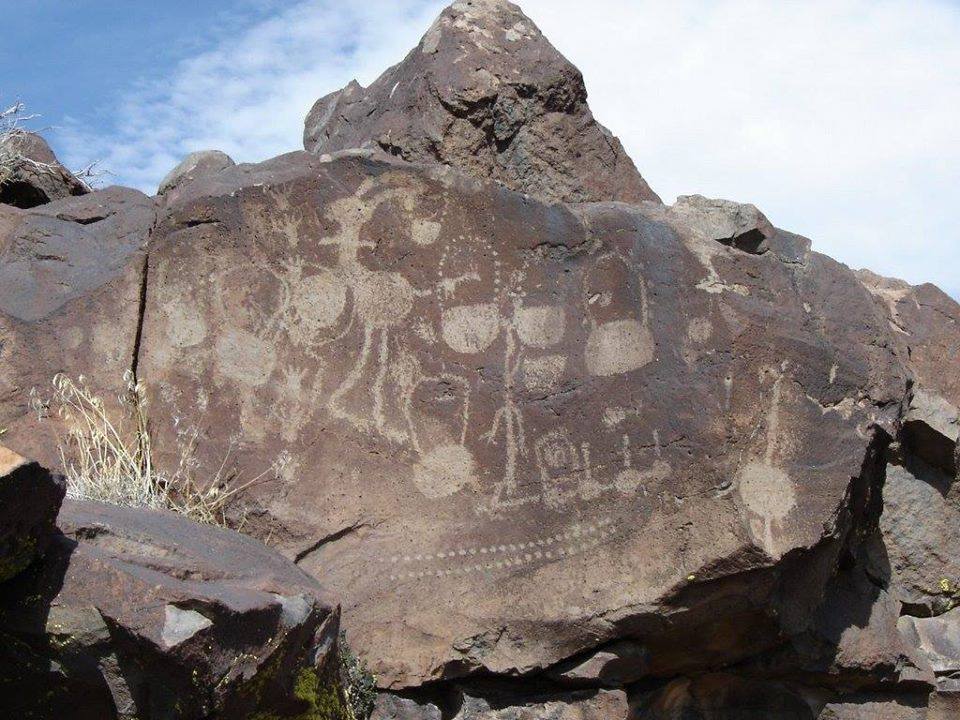
The Coso Rock Art District stands as a testament to the enduring presence of early Indigenous peoples in the North American continent. Stretching over 90 square miles, this arid region served as one of the earliest settlements in the area. As you traverse the desert landscape, you will encounter an astounding array of petroglyphs—over 100,000 distinct pictures etched or ground into the basalt rock face. These ancient carvings depict bighorn sheep, reptiles, human hunters, and a myriad of symbolic representations.
Speculation and Interpretation
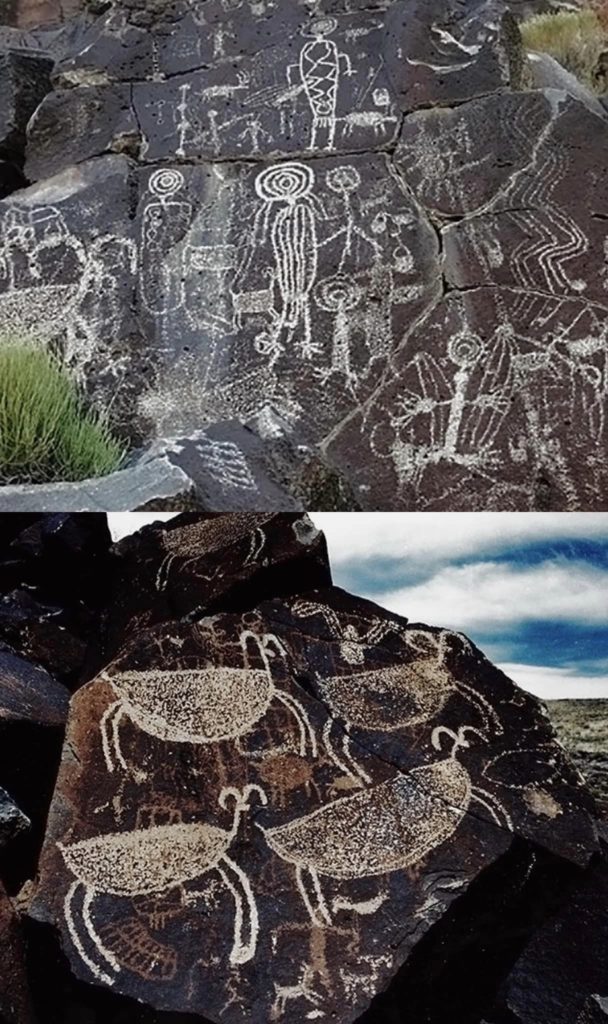
Archaeologists and experts have long been fascinated by the meaning and purpose behind the Coso petroglyphs. Many theories have emerged, yet no definitive hypothesis has been established. Some suggest that the petroglyphs served as territorial markers or time-tellers, while others propose that they were ritual conjurers or visual educators. One intriguing theory postulates that the profusion of sheep engravings reflects a ceremonial attempt to revive local herds, as the advent of the bow and arrow led to the depletion of these vital animals.
Shamanic Practices and Supernatural Powers
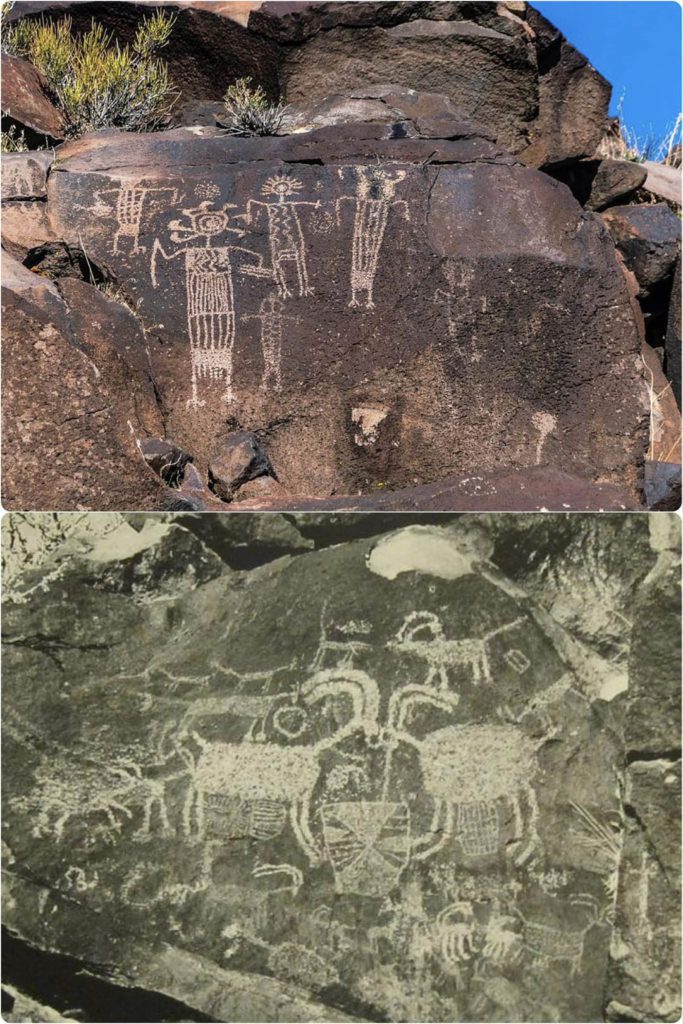
Another captivating theory surrounding the Coso petroglyphs revolves around shamanic practices. It is believed that these ancient rock art creations were made during visions, with the intention of acquiring supernatural powers tied to weather control. The intricate symbolism and spiritual significance embedded within the petroglyphs hint at a complex belief system deeply intertwined with the natural world.
Tracing the Timeline
Dating techniques have shed light on the antiquity of the Coso petroglyphs. The oldest drawings are estimated to be between 10,000 and 19,000 years old, possibly created shortly after the arrival of early humans in North America at the end of the last ice age. The Coso people, who originated this unique style of rock art, flourished in the Paleoindian period, with subsequent generations adding their own carvings over millennia. The land eventually came under the control of the U.S. Navy in the 1940s, ensuring the preservation of this extraordinary cultural heritage.
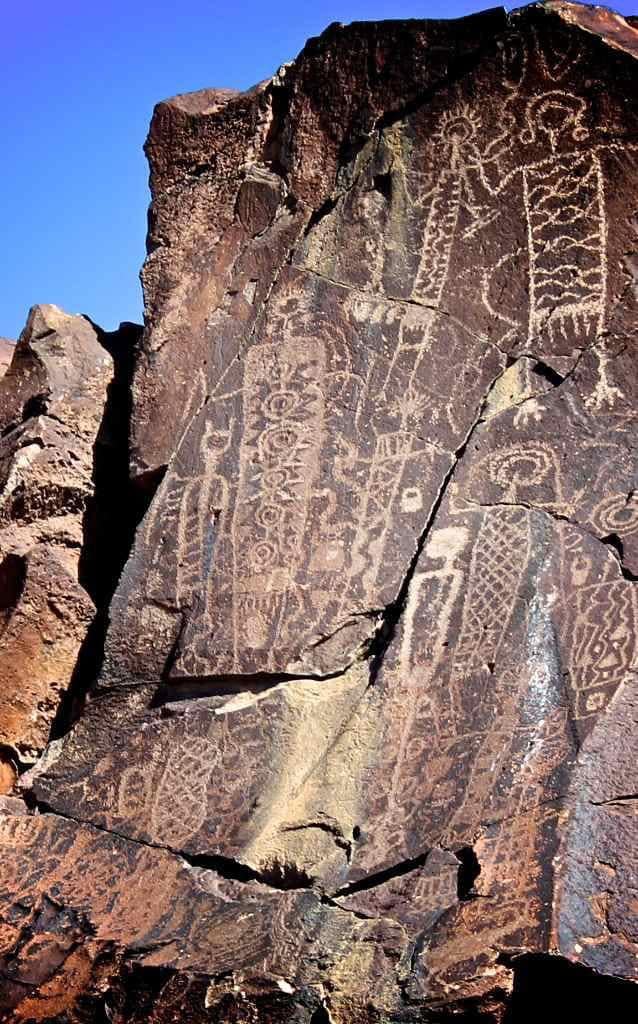
The Coso Rock Art District in the Mojave Desert is a captivating testament to the enduring legacy of Indigenous peoples and their profound connection to the land. With its vast collection of petroglyphs, this region offers a glimpse into the spiritual and cultural lives of those who roamed the area thousands of years ago. As you explore the ancient carvings etched into the basalt rock face, you will find yourself immersed in a mysterious world where time, symbolism, and human expression converge. The Coso Rock Art District is a true archaeological wonder, inviting travelers to unlock the secrets of the past and embrace the rich tapestry of human history.

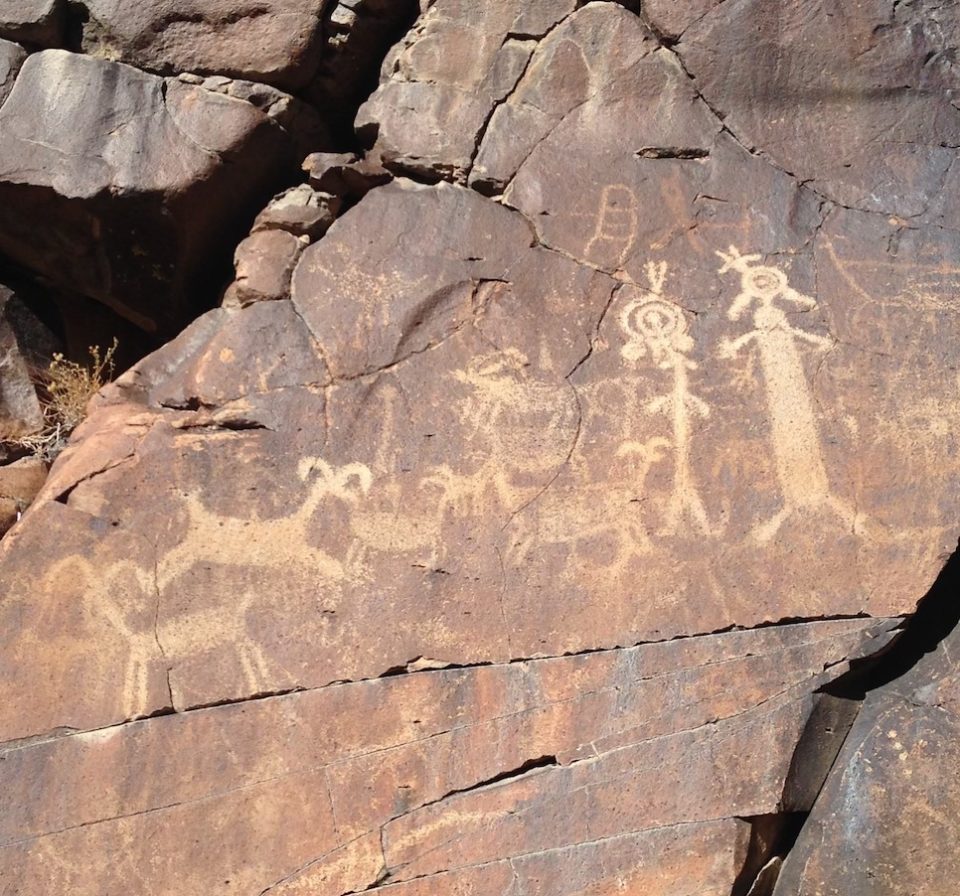
1 comment
It’s not rock give some respect to the truth of how to address what you see tribes should be contacted in order to get the correct information of what you see on the beautiful rocks. By capturing these pictures and posting it and give it an assumption of what you think you’re seeing is very much disrespectful to the tribes of where the rocks are located at may be deeper, digging, and giving the correct information from the true indigenous perspective not the colonized perspective..